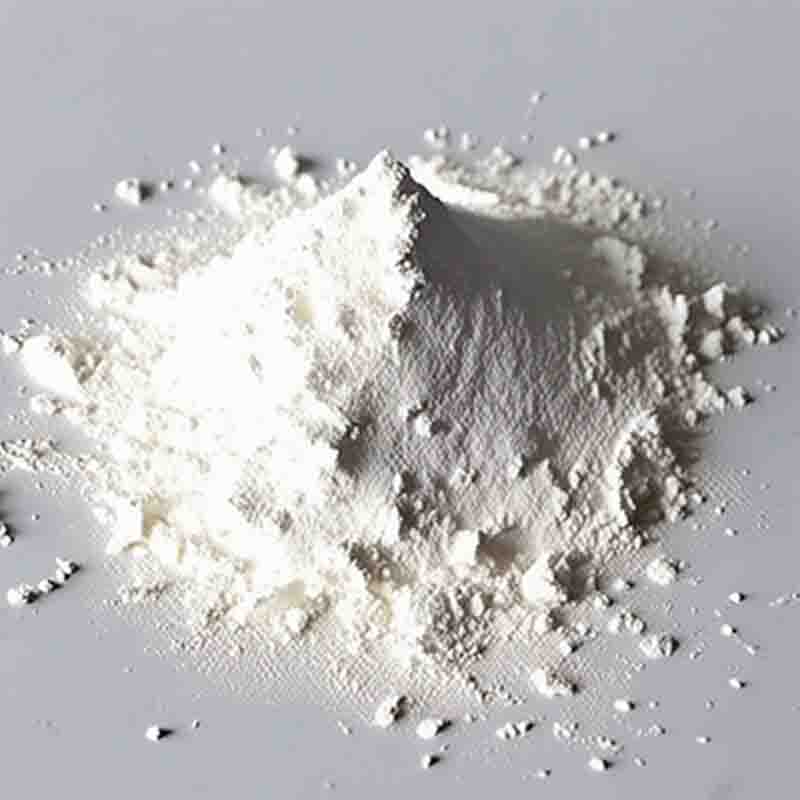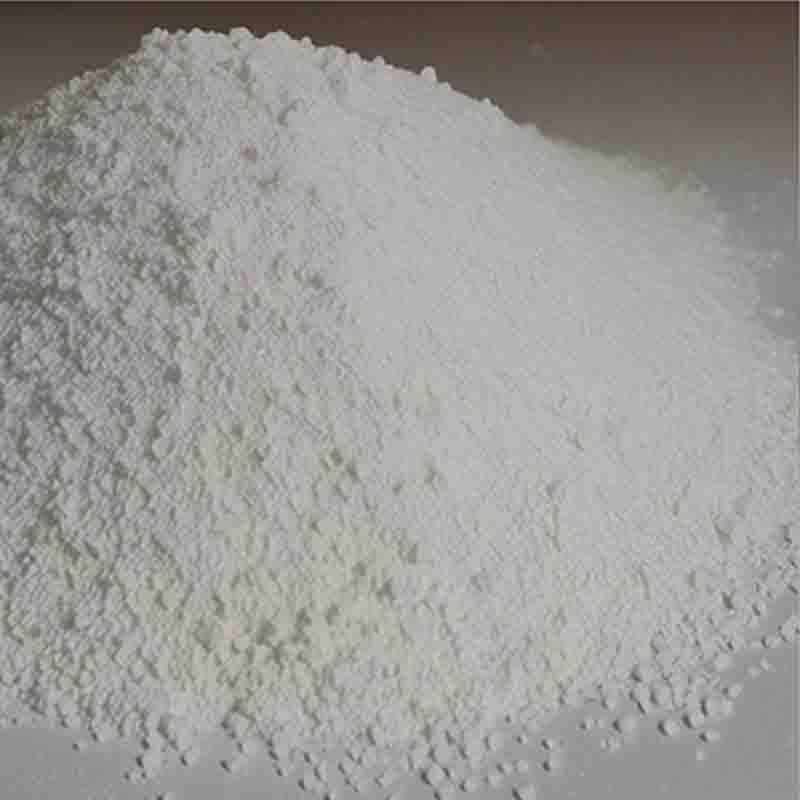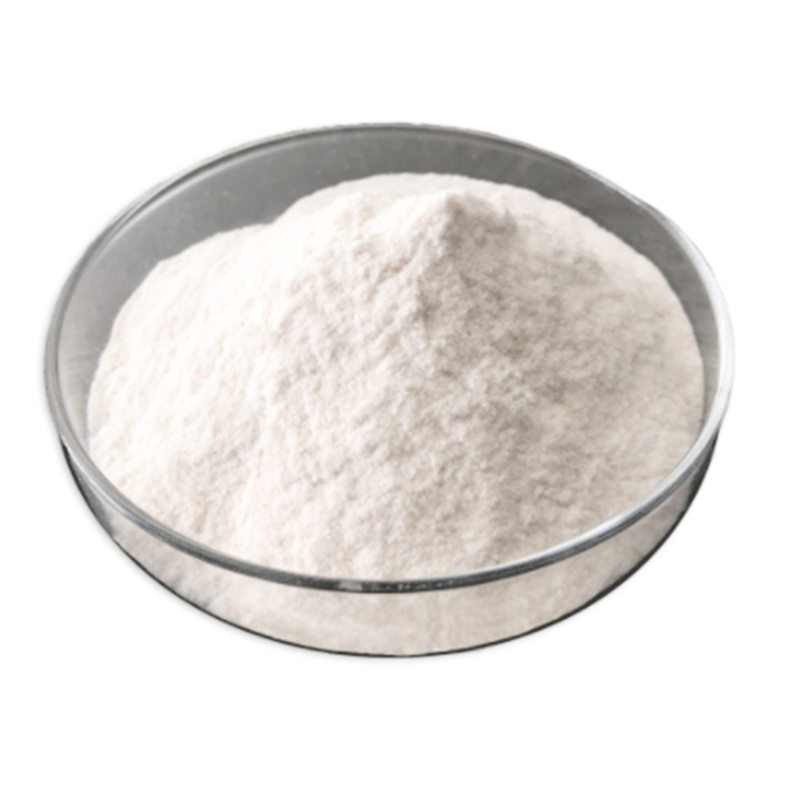6-hydroxy-5-nitronicotinicacid CAS:6635-31-0
N-Boc-trans-4-fluoro-L-proline is a specific derivative of proline, an amino acid commonly found in nature. This compound has unique effects and applications due to the presence of the N-Boc protecting group and the fluorine substitution on the proline ring.One important effect of N-Boc-trans-4-fluoro-L-proline is its potential as a building block in organic synthesis. The N-Boc protecting group is commonly used in peptide synthesis to protect the nitrogen and amine functionalities, allowing for selective functionalization of other parts of the molecule. This makes N-Boc-trans-4-fluoro-L-proline a valuable tool in the construction of peptide-based drugs and molecules.Furthermore, the substitution of a fluorine atom in the proline ring increases the potential for interactions with biological targets. Fluorine substitutions are known to enhance the lipophilicity and metabolic stability of drugs, which can improve their efficacy and therapeutic properties. Thus, N-Boc-trans-4-fluoro-L-proline may find applications as a building block in the development of bioactive molecules, particularly in the optimization of drug candidates.In addition to its role in organic synthesis, N-Boc-trans-4-fluoro-L-proline has demonstrated therapeutic effects on its own. Studies have shown that this compound exhibits anticancer activity by interfering with cell growth and inducing apoptosis in cancer cells. Its ability to inhibit specific enzymes involved in cancer cell progression makes it a potential candidate for the development of targeted cancer therapies.Moreover, N-Boc-trans-4-fluoro-L-proline has been found to have biological activity beyond cancer treatment. Research has indicated its potential as an anti-inflammatory agent by modulating immune responses. Inflammation plays a critical role in various diseases and conditions, such as autoimmune diseases and chronic inflammation. Thus, N-Boc-trans-4-fluoro-L-proline may serve as a valuable tool in the development of anti-inflammatory drugs.In summary, N-Boc-trans-4-fluoro-L-proline exhibits diverse effects and applications. Its role as a building block in peptide synthesis, combined with the fluorine substitution, enhances its potential for drug development and optimization. Additionally, its direct therapeutic effects, such as anticancer and anti-inflammatory activities, highlight its potential in targeted therapies and treatment strategies. Further research and exploration are needed to fully understand the mechanisms and potential applications of N-Boc-trans-4-fluoro-L-proline in various fields.
Product Specification
| Appearance | White powder |
| Assay | 99% min |
6-hydroxy-5-nitronicotinic acid is an organic compound with the molecular formula C6H4N2O4. It is a derivative of nicotinic acid and has unique properties that make it useful in various applications.One of the significant effects of 6-hydroxy-5-nitronicotinic acid is its potential as a pharmaceutical compound. It has shown promising pharmacological activity in several studies, particularly as an antioxidant and anti-inflammatory agent. Its antioxidant properties allow it to scavenge free radicals and protect cells from oxidative damage, which has implications for the treatment of various diseases such as cardiovascular disorders, neurodegenerative diseases, and cancers. Additionally, its anti-inflammatory properties make it a potential candidate for mitigating inflammatory conditions such as rheumatoid arthritis and inflammatory bowel diseases.Moreover, 6-hydroxy-5-nitronicotinic acid has been investigated for its antimicrobial activity. Studies have revealed its potential as an antimicrobial agent against both bacteria and fungi. It has shown inhibitory effects against various pathogenic microorganisms, including Staphylococcus aureus, Escherichia coli, and Candida albicans. This suggests that it could be used in the development of new antimicrobial drugs or as a component in disinfectants and antimicrobial coatings.Another important effect of 6-hydroxy-5-nitronicotinic acid is its role in materials science. It has been utilized in the synthesis of metal-organic frameworks (MOFs), which are a class of materials with applications in gas storage, catalysis, and drug delivery systems. The presence of the hydroxy and nitro groups in its structure allows for the coordination with metal ions, resulting in the formation of porous and functional MOFs. These MOFs can exhibit interesting properties, such as high surface area, tunable pore sizes, and catalytic activity, making them useful in various industrial processes.Overall, 6-hydroxy-5-nitronicotinic acid has diverse effects and applications. Its potential as a pharmaceutical compound with antioxidant, anti-inflammatory, and antimicrobial properties suggests its usefulness in treating various diseases and infections. Additionally, its role in the synthesis of MOFs highlights its significance in materials science. However, further research is still needed to fully understand and explore the potential applications and mechanisms of action of this compound.









